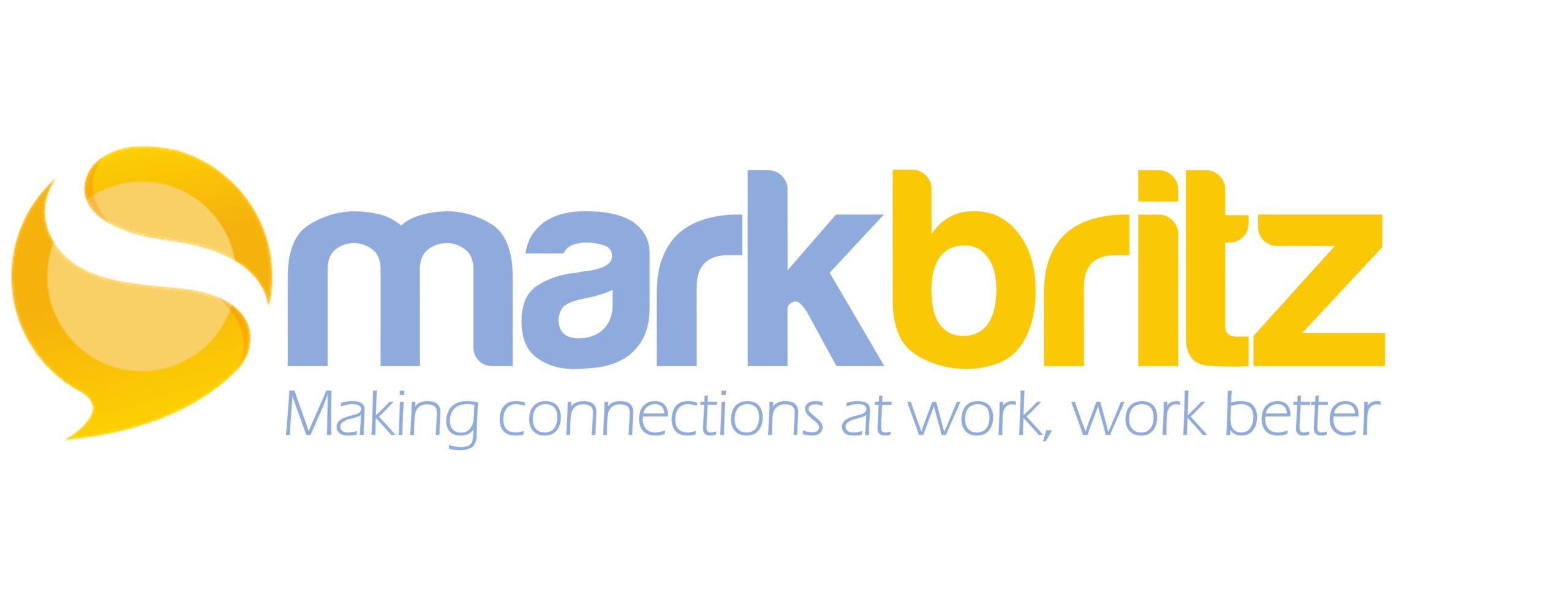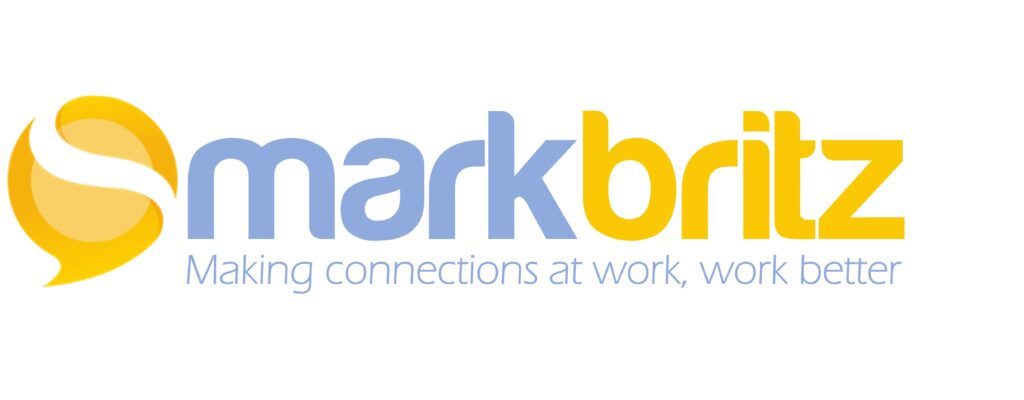In a Harvard Business Review article (one with actual data) a pretty interesting but unsurprising study was done revealing that in poor economic times employees will collaborate less. It may just be the old lizard brain and self preservation kicking in, a case of Fight AND Flight. Basically, fearing job loss – people fight to look important and thus flee from more collaborative activities that dilute their personal influence. Makes evolutionary sense.
The article did well to point out correctly that the individual choice to abandon each other is exactly what will hasten the downward trend in the organization and quite possibly lead to the layoffs they fear. However, the recommendation by the author that managers “should actively manage the psychology and behavior of their workforce to avoid an erosion of cohesion and productive work behaviors in the organization.” is a typical, reactive and doomed approach that lacks any details.
As Henry Mintzberg wrote a while back (2009) in Rebuilding Companies as Communities:
Decades of short-term management, in the United States especially, have inflated the importance of CEOs and reduced others in the corporation to fungible commodities—human resources to be “downsized” at the drop of a share price.
What one does in the current system is relatively pointless. Trust is damaged at a macro level today, well beyond just the organization. Most employees are either jaded through past experiences or if younger, have seen it in friends and family member experiences. They have learned not to trust and to keep a wary eye on the Csuite. According to Mintzberg a sea change is needed if companies are going to weather future economic storms and maintain high levels of cooperation and collaboration throughout. Organizations must start today to create a different and more permanent mindset that prevails in good times and bad.
..The organization has to shed much of its individualist behavior and many of its short-term measures in favor of practices that promote trust, engagement, and spontaneous collaboration aimed at sustainability.
How is this done? For starters a new collective history needs to develop, one where in times of recession layoffs are avoided at the cost of short-term gains and executives forego exuberant salary increases. A reputation of all for one takes time and likely more than one dip in the business cycle to develop. Similarly (but different in approach) to the HBR article author, Mintzberg points not to the top or directly at the bottom but to the middle and those in management as the cornerstone for community building. It’s here he says that remnants of community often still exist. These folks typically rose through the ranks and have plenty of connection and passion for the business. They are also not so close to the work that they miss the big picture and not so far away that they can’t see how work gets done. Middle managers are a key artery in reviving community in organizations but not in a way as the first article suggested (reactionary) but more continually.
So leadership at this level must take a different form of partnership in the company if a new form of organization is to emerge; one that recognizes the importance of community over individuality to weather change.

